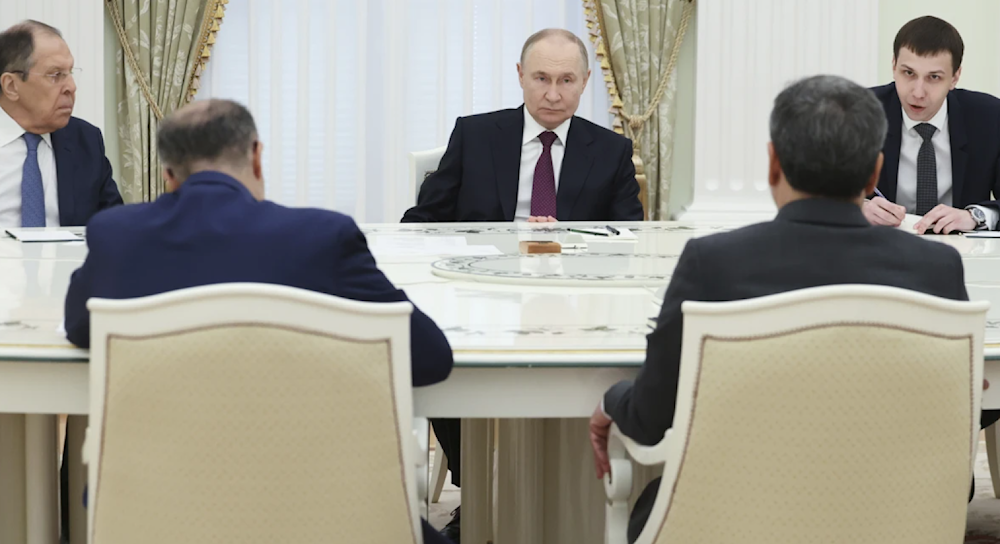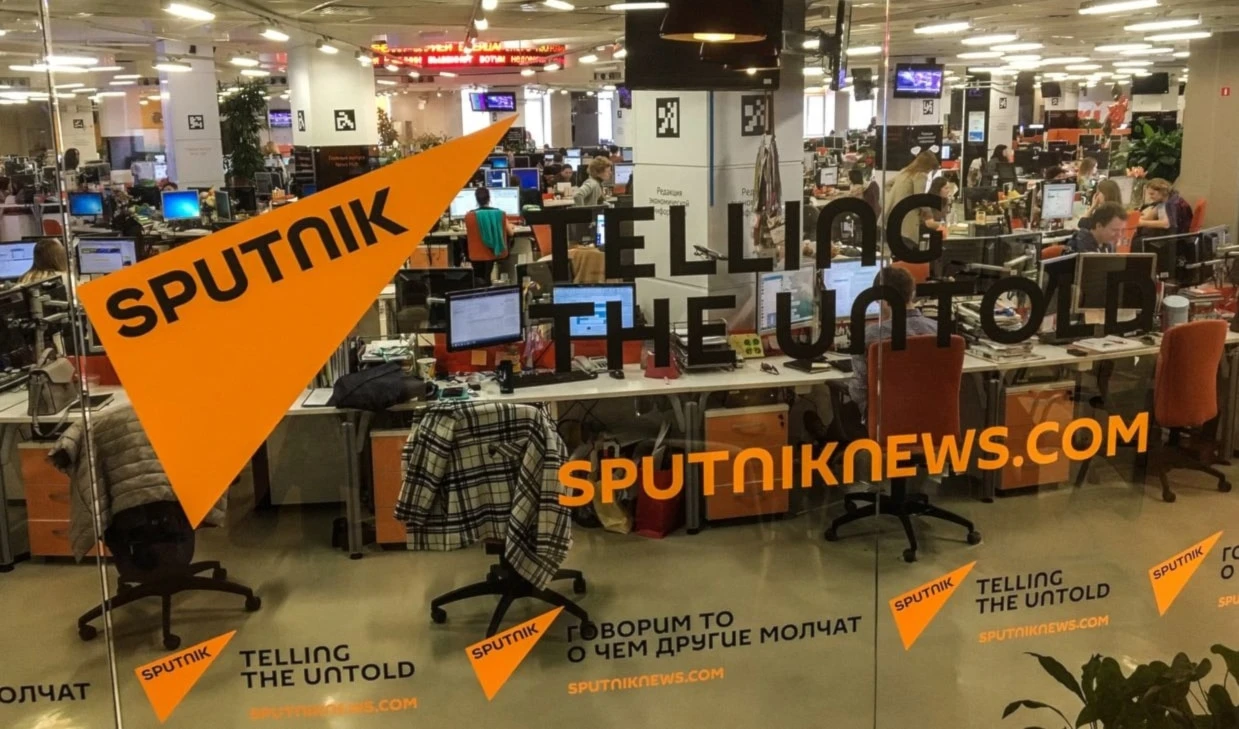Russia aims to boost grains, vegoil exports to Iran
Russia is set to significantly increase grain and vegetable oil exports to Iran via the Caspian Sea, as Iran faces domestic crop shortfalls amid sanctions and rising food insecurity.
-

Russian President Vladimir Putin, center, listens to Iranian Foreign Minister Abbas Araghchi during their talks at the Kremlin in Moscow on June 23, 2025 (AP)
Russia is preparing to ramp up exports of grains and vegetable oils to Iran through the Caspian Sea in the coming months, fueled by an expected bumper harvest and the lifting of previous trade restrictions, according to market analysts and traders on Tuesday.
Trade between Russia and Iran, both under heavy Western sanctions, rose by 16% in 2024 to reach $4.8 billion, much of it conducted via the inland Caspian Sea, which is bordered by Russia, Iran, Kazakhstan, Azerbaijan, and Turkmenistan.
"There is potential to increase our supplies of corn, barley, and sunflower oil to the Iranian market," said Andrei Kucherov, head of agriculture at Reksoft, a consulting firm partially owned by billionaire Vladimir Potanin’s Interros holding.
Igor Pavensky, chief analyst at rail logistics firm Rusagrotrans, projected that Iran could triple its wheat imports from Russia to between 3 and 4 million tonnes in the upcoming season. He also forecast a significant rise in imports of corn and barley, from 2.6 million tonnes to 3.6 million tonnes.
Russia expects record harvests
Iran is already the largest buyer of Russian corn and the second-largest buyer of its barley. After pausing wheat imports in 2023 due to a strong domestic harvest, Iran resumed purchases in March and became the third-largest buyer of Russian wheat by May.
Dmitry Rylko, head of the IKAR agriculture consultancy, highlighted the favorable outlook for Russian crops, saying, "We are expecting a record sunflower seeds harvest this year. Corn, as well as barley and wheat, are in good shape. So we have all the possibilities there (to increase supplies to Iran)."
Russian traders noted that Iran has recently been inquiring about the pricing and availability of corn and barley. Discussions have also resumed with Afghanistan regarding food imports, according to a recent statement from an Afghan minister to Reuters.
Russia’s total grain harvest for 2025 is forecast at 135 million tonnes, including 90 million tonnes of wheat, an increase from 130 million tonnes and 83 million tonnes, respectively, in 2024. In contrast, Iran is facing a reduced harvest this year due to persistent drought.
Sanctions add pressure to Iran's food security
Iran’s ability to import food has been constrained by renewed US sanctions under the "maximum pressure" policy reintroduced in February, as well as surprise airstrikes by "Israel" in recent weeks, further straining the country’s economy.
With the new grain marketing year set to begin on July 1, Russian exporters are preparing to take advantage of a window of unrestricted trade that will last until February 2026, when export quotas are set to be reintroduced.
Though Russia imposed a zero export quota on corn and barley for the second half of the 2024/25 marketing year, effectively halting shipments, exports are set to resume next week. Iranian buyers are reportedly in active negotiations ahead of that reopening.
"There was healthy demand from Iran," said one trader, speaking anonymously. According to IKAR, Iran was the second-largest buyer of Russian grain after Egypt in the 2024/25 marketing season.
Another trader confirmed that corn and barley exports via the Caspian Sea are expected to resume after July 1, noting that corn made up 20% of Russia’s exports to Iran, while barley accounted for around 6%.

 3 Min Read
3 Min Read










